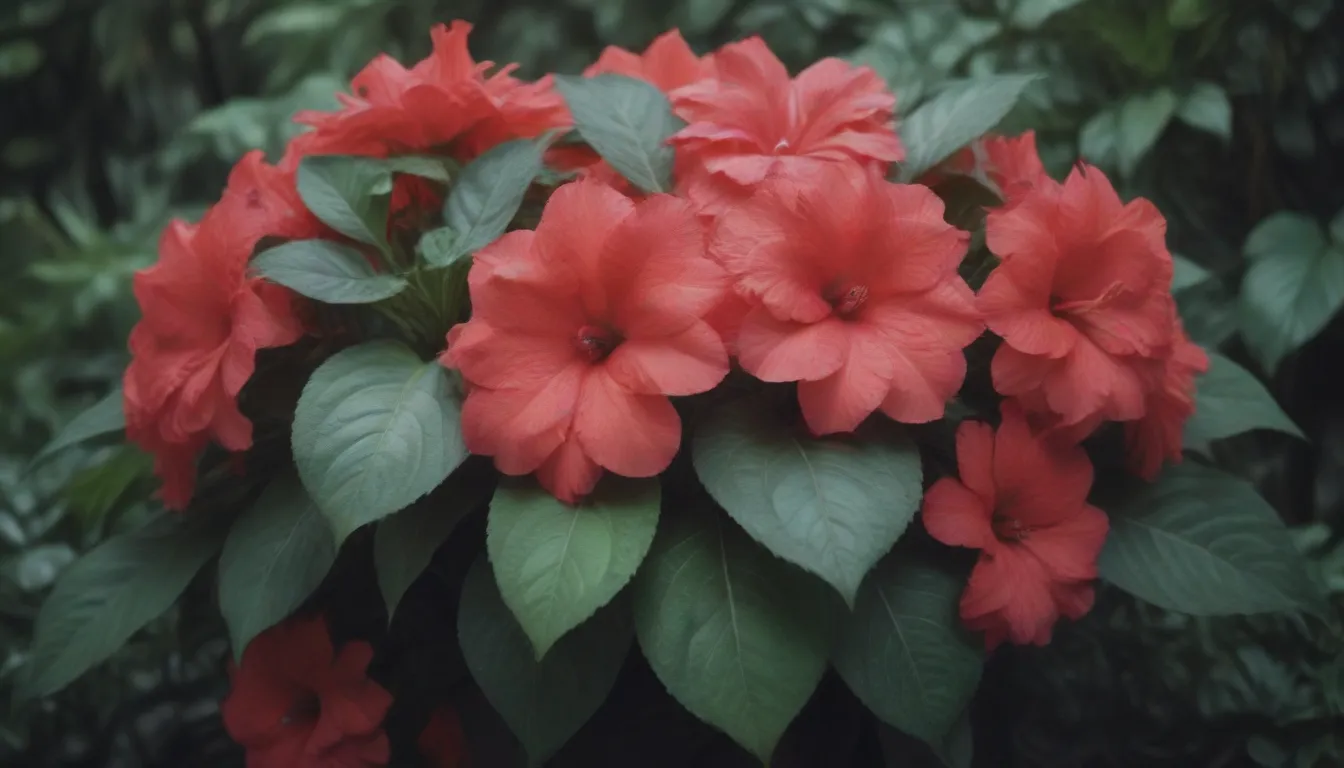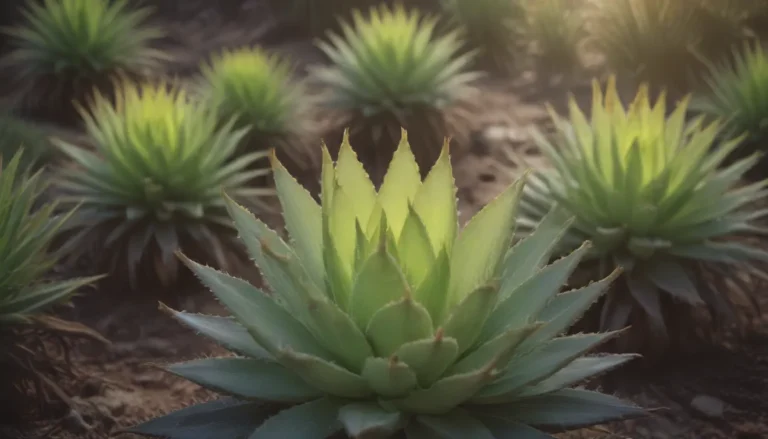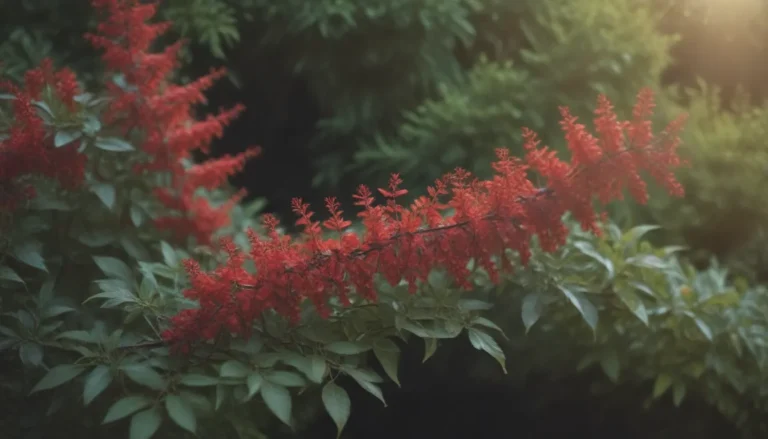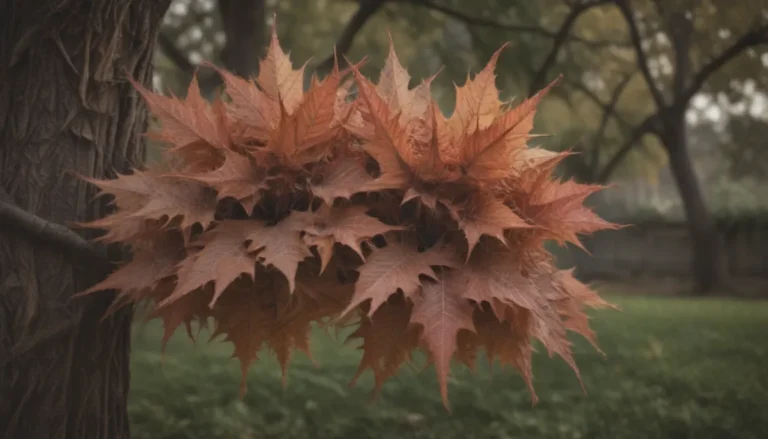Everything You Need to Know About Growing and Caring for New Guinea Impatiens

Are you looking to add a burst of color to your garden without all the hassle? New Guinea impatiens might just be the perfect solution for you! These vibrant flowers are not only beautiful but also low-maintenance, making them a favorite among gardeners. In this article, we will discuss everything you need to know about growing and caring for New Guinea impatiens to ensure they thrive and provide you with a stunning display all season long.
Why Choose New Guinea Impatiens
New Guinea impatiens (Impatiens hawkeri) are known for their abundant blooms that can brighten up any sunny garden spot. Unlike their shade-loving relatives, common impatiens, New Guinea impatiens offer a colorful display of flowers in shades of orange, pink, red, white, and purple. With their pointy leaves in dark green, burgundy, and variegated colors, these plants are not only pleasing to the eye but also attractive to butterflies and other beneficial insects, making them a great addition to a pollinator garden.
These fast-growing flowers bloom early in the season and can last well into the fall, providing you with a long-lasting display of color. Whether grown in the ground or in containers, New Guinea impatiens are sure to make a statement in your garden with their prolific flowers and lush foliage.
New Guinea Impatiens Care Tips
Most gardeners grow New Guinea impatiens as annuals, starting with established plants bought from a nursery. Here are some care tips to help your New Guinea impatiens thrive:
Light
- New Guinea impatiens do best with morning sun and afternoon shade in a garden with eastern exposure.
- In areas with bright sun and extreme temperatures, provide extra water to keep the plants healthy and blooming.
Soil
- Aim for a slightly acidic soil pH of 6.0 to 6.5.
- Ensure the soil is well-draining but holds enough moisture for the roots to absorb.
- Add organic matter to the soil during planting to provide essential nutrients for the flowers.
Water
- New Guinea impatiens need regular watering to thrive.
- Avoid letting the soil dry out completely, as this can cause the plants to stop blooming.
- Use a drip hose to water the plants at the base and prevent waterlogged conditions.
Temperature and Humidity
- Wait until all danger of frost has passed before planting New Guinea impatiens outside.
- These flowers thrive in day temperatures of 70 to 85 F and night temperatures of 55 to 65 F.
- New Guinea impatiens prefer high-humidity zones for optimal growth.
Fertilizer
- Since New Guinea impatiens bloom continuously, they benefit from supplemental fertilizer.
- Use a water-soluble fertilizer for blooming plants every three to four weeks to keep your flowers healthy and vibrant.
Types of New Guinea Impatiens
While specific annual varieties of New Guinea impatiens may vary each year due to hybridization, some popular choices among gardeners include:
– Impatiens ‘Paradise Rose Flair’
– Impatiens ‘Sun Harmony Baby Pink’
– Impatiens ‘Sunstanding Salmon’
– Impatiens ‘Sunstanding Glowing Scarlet’
Pruning and Propagation
To keep your New Guinea impatiens blooming at their best, consider the following tips:
Pruning
- Deadhead the flowers regularly by pinching the stem back to the first set of leaves.
- Trim back leggy stems to encourage more blooms but avoid cutting more than 6 inches from the plant.
Propagation
- While New Guinea impatiens are readily available as starts, they can also be propagated from cuttings.
- If you want to save money or preserve a specific cultivar, propagating from cuttings is a cost-effective option.
Growing New Guinea Impatiens from Seed
While many New Guinea impatiens are hybrids that cannot be grown from seed, there are some stabilized cultivars that offer seeds for propagation. Here’s how to grow impatiens from seed:
– Start seeds indoors about three months before the last frost date.
– Use a seed starting mix and provide adequate moisture and light for germination.
– Transplant seedlings into the ground after two sets of leaves have formed.
Potting and Overwintering
New Guinea impatiens are great for potting and adding color to your outdoor decor. Here are some tips for potting and overwintering your plants:
Potting
- Choose a container with good drainage and fill it with a well-draining soil mix.
- Plant your impatiens starts, ensuring the roots are covered and water the pot thoroughly.
- Place the pot in a sunny location and enjoy your vibrant impatiens all season long.
Overwintering
- To extend the life of your impatiens or bring them indoors during the winter, follow these steps:
- Inspect the plant for pests and disease before bringing it inside.
- Cut the plant back by a third and place it in a sunny spot indoors.
- Come spring, cut the plant back further, repot it, and gradually reintroduce it to outdoor conditions.
Common Pests and Diseases
Like any plant, New Guinea impatiens are susceptible to pests and diseases. Here are some common issues to watch out for:
– Aphids and spider mites can infest your plants and should be treated with insecticidal soap.
– Diseases like necrotic spot and tomato spotted wilt can be prevented by eliminating thrips from your garden.
– Fungal conditions like downy mildew and botrytis blight can be controlled by maintaining proper watering practices and spacing between plants.
Tips for Maximizing Blooms and Addressing Common Problems
To ensure your New Guinea impatiens bloom prolifically and stay healthy, consider the following tips:
– Provide morning sun and afternoon shade for optimal flowering conditions.
– Avoid overwatering to prevent flower drop and leaf discoloration.
– Watch out for sunburn and marginal necrosis by providing ample shade for your plants.
Conclusion
With their vibrant blooms and low-maintenance care requirements, New Guinea impatiens are a fantastic choice for gardeners looking to add color and beauty to their outdoor spaces. By following the care tips outlined in this article, you can ensure your New Guinea impatiens thrive and provide you with a stunning display of flowers all season long. Whether you choose to plant them in the ground or in containers, these versatile flowers are sure to brighten up any garden with their vivid colors and attractive foliage. Happy gardening!





